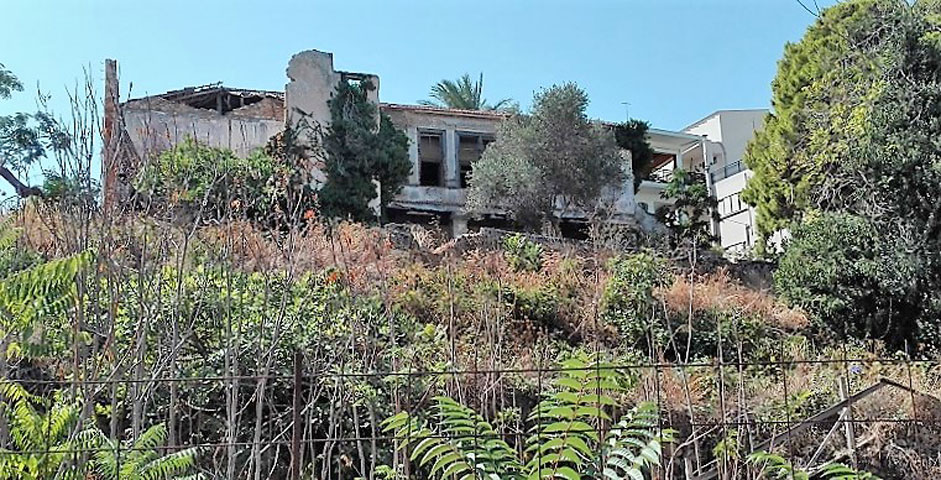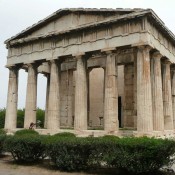Two historic buildings in the city of Chania are to become multipurpose cultural centres, the restoration of which is proceeding through a contract signed by the Centre of Mediterranean Architecture and the Chania Municipality’s Cultural Enterprise regarding Community Works for the Environment (NSRF 2021-2027 act “Maturation studies of cultural works in the Region of Crete”). Through the contract, all the necessary studies are going ahead as are the procedures required for the two historic buildings to function in their new capacity .
According to the proposal for the buildings’ restoration and reuse reported by the Athens and Macedonian News Agency ( AMNA), “the two historic buildings, declared historical monuments, are in a dangerous state of ruin. As significant architectural creations of the past it is imperative to save them but also to reuse them creatively for the benefit of the local community and the promotion of culture in the Municipality of Chania”.
Specifically, after being restored, Villa Schwartz is proposed to function as a multipurpose cultural space for exhibiting and conserving the permanent collections of the Municipality of Chania and its Legal Entities (Collections of the Municipal Art Gallery and Municipal Libraries). Likewise the restored Villa Pologiorgi is proposed to function as a multipurpose cultural space for various activities in the fields of contemporary art, visual and applied: photography, cinema, engraving, sculpture, ceramics, graphic design, interior decoration, typography, comics. In this way it will complement and reinforce the function of other existing cultural spaces in the Municipality of Chania such as the Centre for Mediterranean Architecture, the Mikis Theodorakis Theatre and the Municipal Art Gallery and will be in full synergy with the planned new cultural spaces (Neoria, New Municipal Library), making Chania a cultural centre of distinction in the southeastern Mediterranean.
Villa Pologiorgi
The dilapidated mansion of Charalambos Pologiorgis, one of the town’s most important listed building, is situated in the district of Amberia. It was built by the family of Themistoklis Pothitos around 1870 and included two buildings; a single and a two-storey house with its outbuildings .
The complex was surrounded by a large courtyard with ovens and stables. A paved corridor led to the staircase and the house’s north corridor flanked by windows, where successive rooms were to be found.There were wonderfully coloured ceilings, the remains of which still exist.
Through a dowry the building came into hands of Charalambos Pologiorgis, a politician from the era of the end of Turkish Rule and the Cretan State, who made additions and repairs to the house. After 1920, it was used as a hospital annex and during the German occupation it was used by the Red Cross.
Villa Schwartz
The villa was built by Baroness Schwartz during Turkish Rule, around 1860, as a private residence. From 1865 up to the final years of the Ottoman Empire and those of the Commission on the island, it had been the centre of every social and charitable movement in Crete. It is an example of neoclassical architecture as realized in the last decades of Ottoman Rule.





